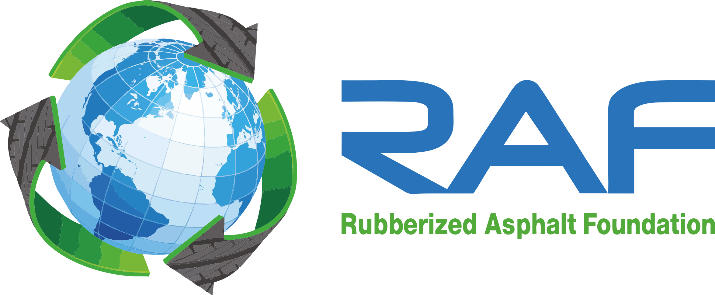Comparison of Laboratory and Field Aging Properties of Asphalt-Rubber and Other Binders in Arizona
Over the last 40 years, Arizona has successfully used asphalt-rubber (AR) binders as defined by the American Society for Testing and Materials […]
Over the last 40 years, Arizona has successfully used asphalt-rubber (AR) binders as defined by the American Society for Testing and Materials […]
Asphalt rubber has been successfully used in the United States since 1960s. Asphalt Rubber is produced by mixing a crumb rubber modifier […]
This paper presents an experimental evaluation regarding the modification of one Colombian Asphalt Binder (CAB) by wet process by using an alternative […]
In this study, a laboratory experimental program was conducted to compare the material properties and fatigue performance characteristics for reference, polymer-modified and […]
This paper contains tests methods and analysis results of rubber modified asphalts and rubber modified bituminous mixtures. Two types of road asphalts […]
In recent years the asphalt rubber technology has started to be used in European countries. Several approaches for incorporation of crumb rubber […]
This paper describes the testing, production and paving of hot asphalt mixtures based on asphalt binders modified with crumb rubber (Asphalt Rubber) […]
The Arizona Department of Transportation (ADOT) supported research to perform the Four Point Bending Beam and Simple Shear tests to evaluate the […]
One of the most widely used bitumen additives is styrene-butadiene-styrene (SBS) polymer. Addition of this polymer has been shown to improve asphalt […]
The Reacted and Activated Rubber (RAR), as an Asphalt Rubber Binder, is composed of plain soft bitumen, fine crumb rubber, and an […]
